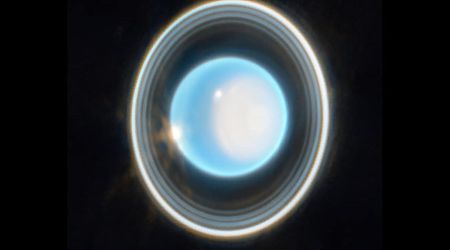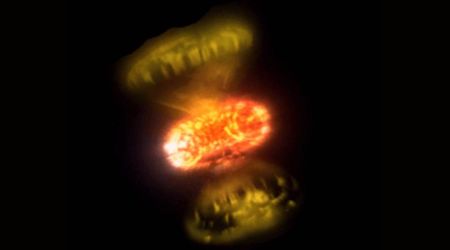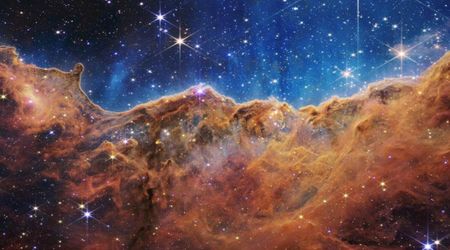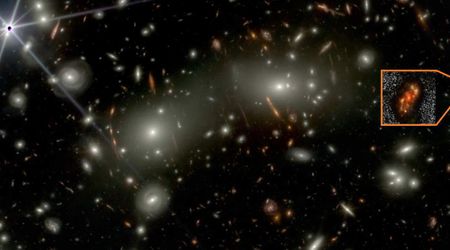Astronauts on ISS tracked massive dust clouds over Canada and the U.S.

Expedition 73 crew members aboard the International Space Station (ISS) were busy last week (June 2 to 6), making significant observations. Flight engineer Nichole Ayers spotted the smoke from the wildfires in Canada, which looked like a layer of cloud wrapping the planet. The fires led to major evacuations in various provinces and also affected the quality of air in several US states, according to Space.com. Ayers posted her view from space on X and noted how she tried to keep track of the smoke movement daily to help gather details that might be useful to the event.

"I noticed smoke over the Northern US and Canada a few days ago, and it took me a little while to understand what it was. From our perspective, it almost looks like a differently colored cloud formation," Ayers stated. "The brown hue of the clouds and the fact that they overlapped the white clouds caught my eye,” she added as the ISS crossed over the smoke. They used advanced imaging to monitor the dust clouds over Canada and the US, which helped track the environment, refine climate models, and inform public health, according to Cosmic Meta Digital.
I noticed smoke over the Northern U.S. and Canada a few days ago, and it took me a little while to understand what it was. From our perspective, it almost looks like a differently colored cloud formation.
— Nichole “Vapor” Ayers (@Astro_Ayers) June 3, 2025
The brown hue to the clouds and the fact that they overlapped the white… pic.twitter.com/y8dOLENBrA
The unique vantage point helps keep track of fine particles, such as soil, pollen, or pollutants, lifted into the atmosphere. It is typically caused by wind, drought, and, in this case, wildfires. Along with air quality, it also affects visibility and weather patterns, with dust traveling thousands of miles, influencing crop health and human respiratory conditions. The ISS orbits the planet every 90 minutes and can observe large-scale atmospheric events. The crew on the ISS dedicated significant resources to monitoring the condition of the dust plumes last week.
👩🚒🇨🇦 #Smoke is reducing air quality and visibility in #Canada and several bordering US states, while also causing orange skies and vast smoke #plumes drifting towards Europe pic.twitter.com/ByTpiezXqt
— FRANCE 24 English (@France24_en) June 4, 2025
From space, the dust plumes were seen stretching from Canada's prairies to the American Midwest and Eastern Seaboard. Advanced optics, high-resolution cameras, and multispectral imaging devices are used on the ISS for such observations. They found dust plumes rising from agricultural areas of southern Canada and the northern US, along with persistent wind patterns that spread the dust to the east. ISS photography also found that it impacted cloud formation and atmospheric transparency. Astronauts also relayed these details to Earth-based scientists in real time.

It aided in live analysis and modeling and allowed space agencies to be swift before issuing warnings to the people. Environmental scientists on Earth believed that an unusually dry season of spring season, along with high temperatures and strong winds, caused the dust plumes. As climate patterns shifted, the frequency of dust formation increased, which, combined with the previous factors, escalated the severity of the event.

The Expedition 73 crew members also prepared their vessel for the arrival of Axiom Space's fourth commercial mission, which has now been delayed indefinitely, according to Space.com. They also worked on station-keeping activities, which maintained hardware, changed fuels, and upgraded facilities for research on board. The research included the testing of various systems and instruments to review their operational status and the documentation of Eastern European landmarks.









